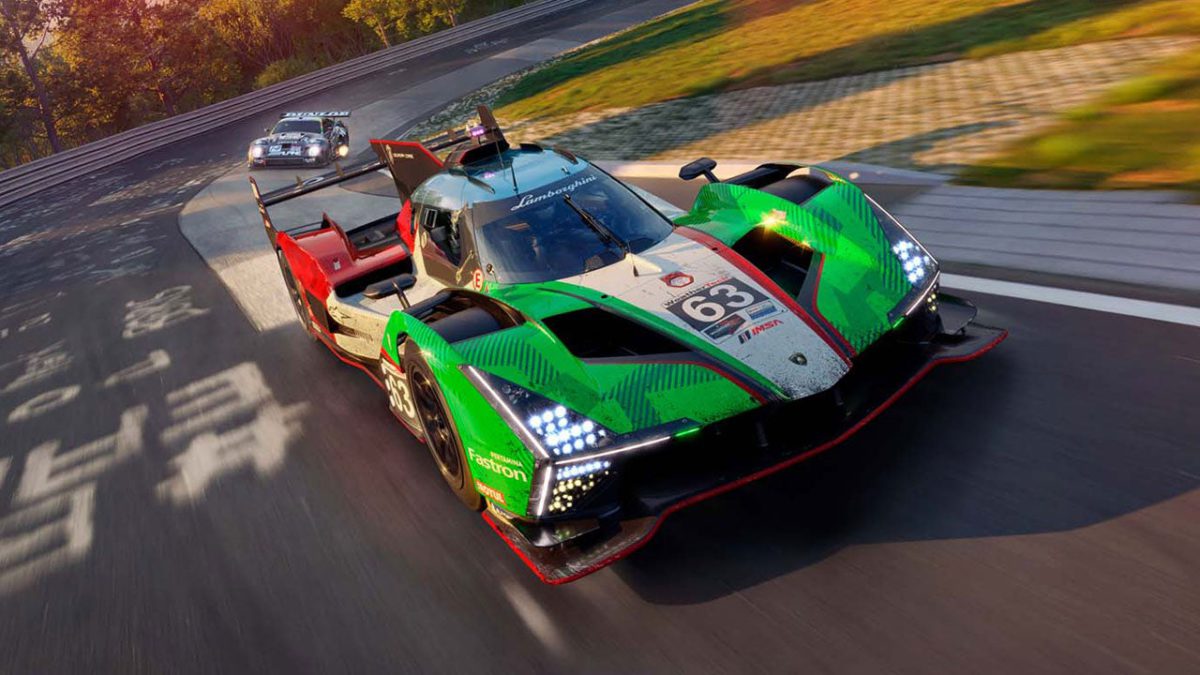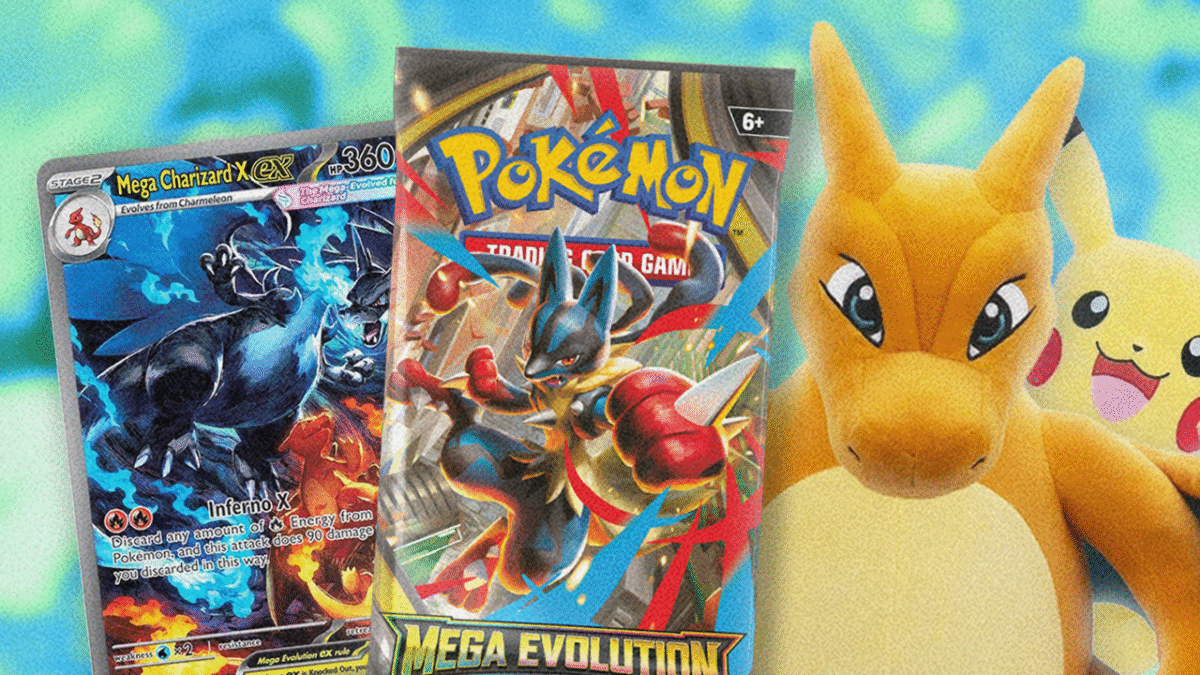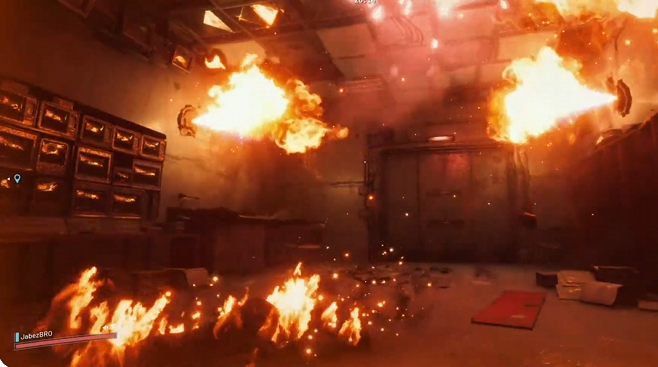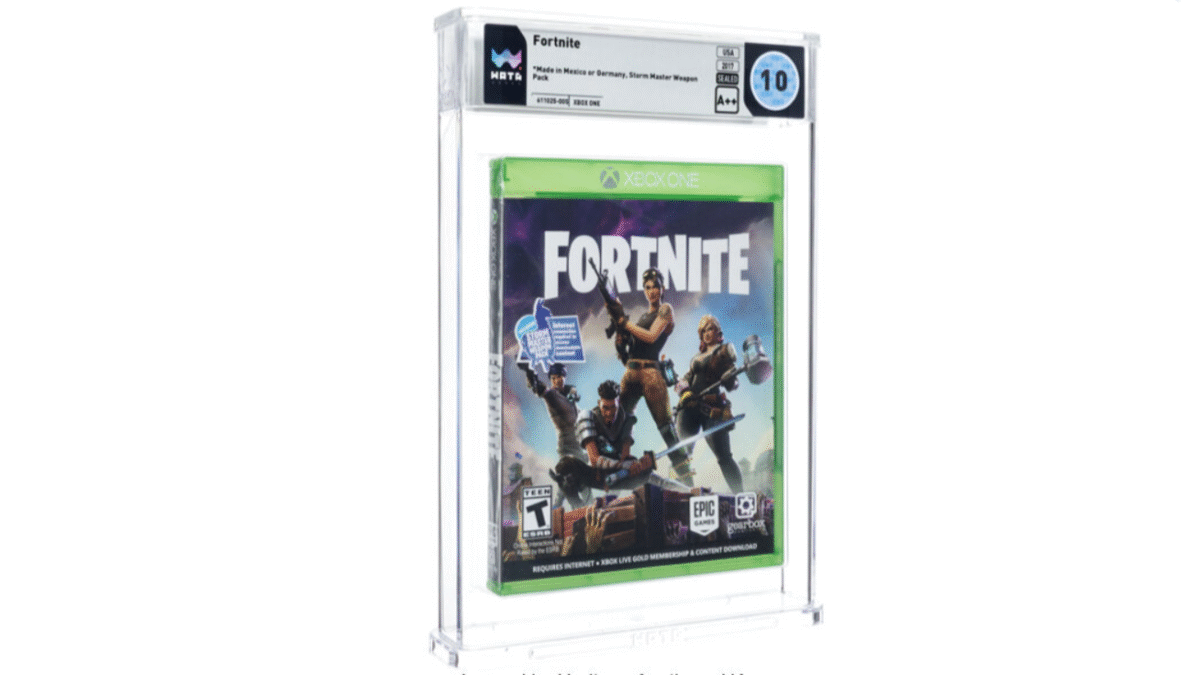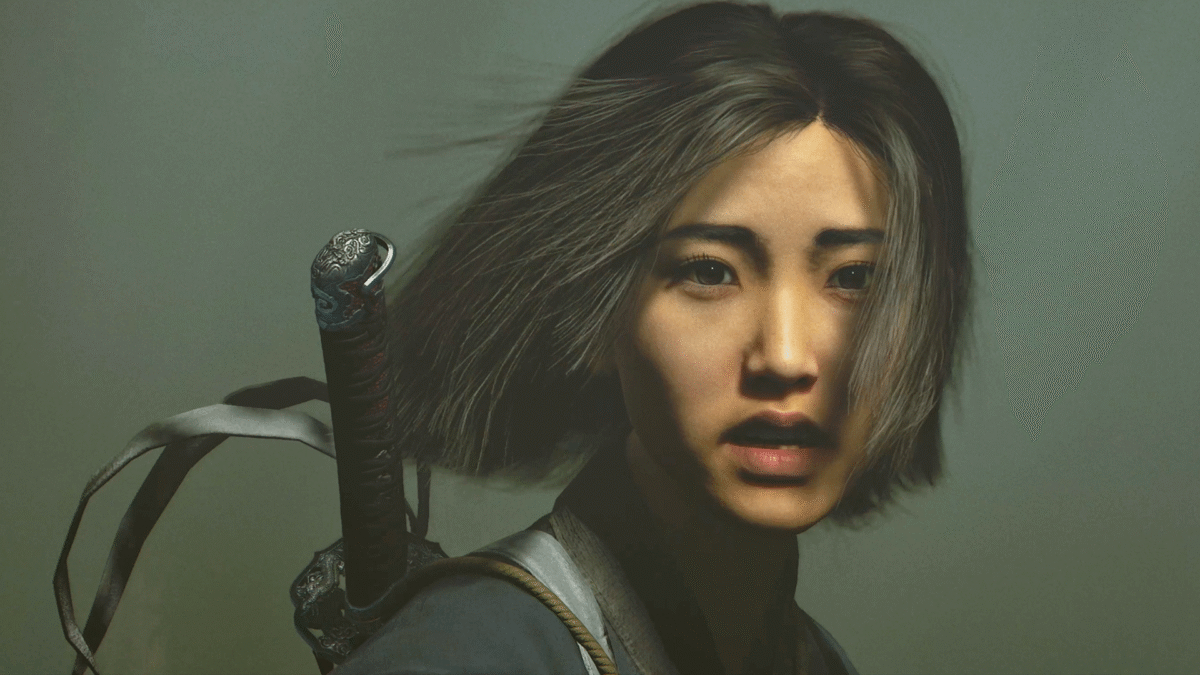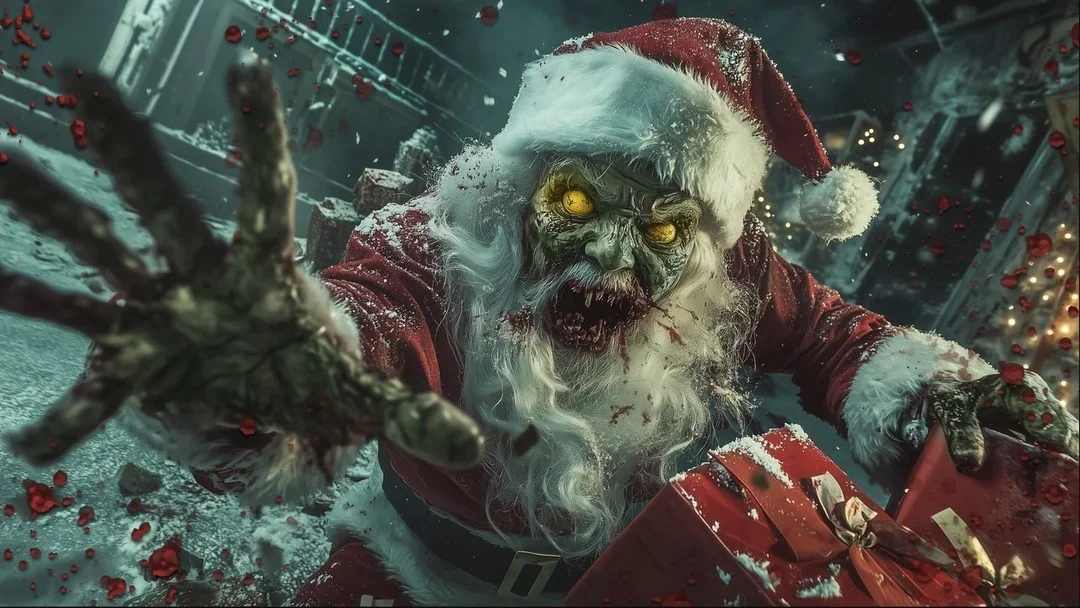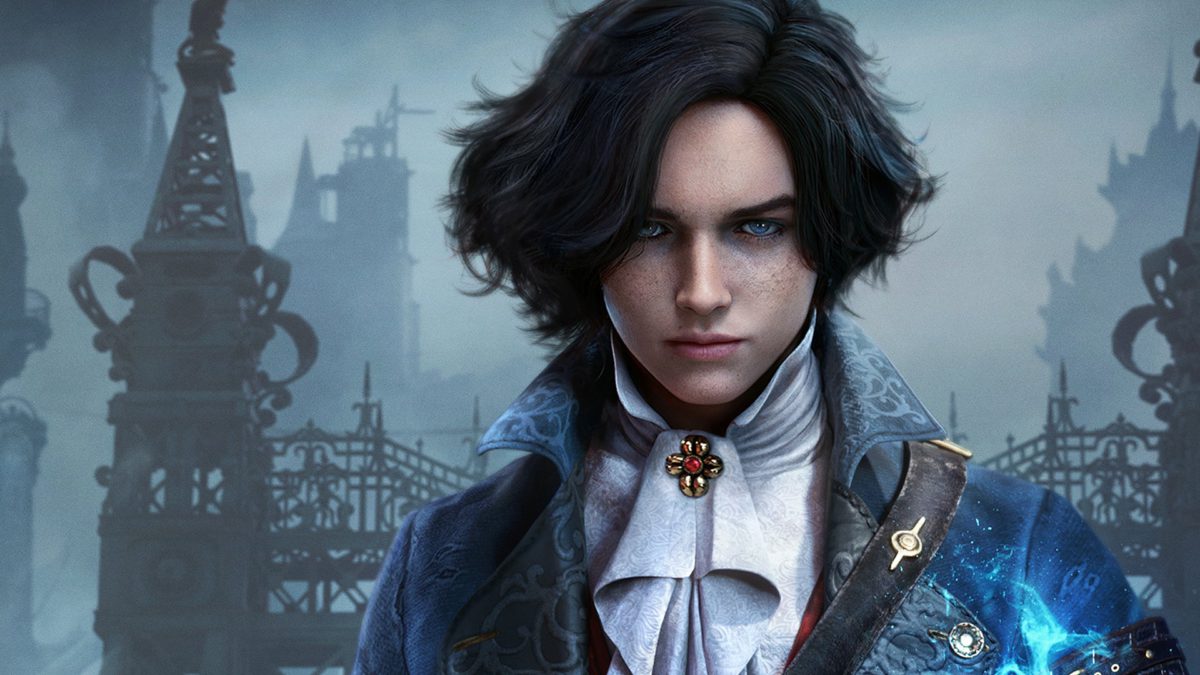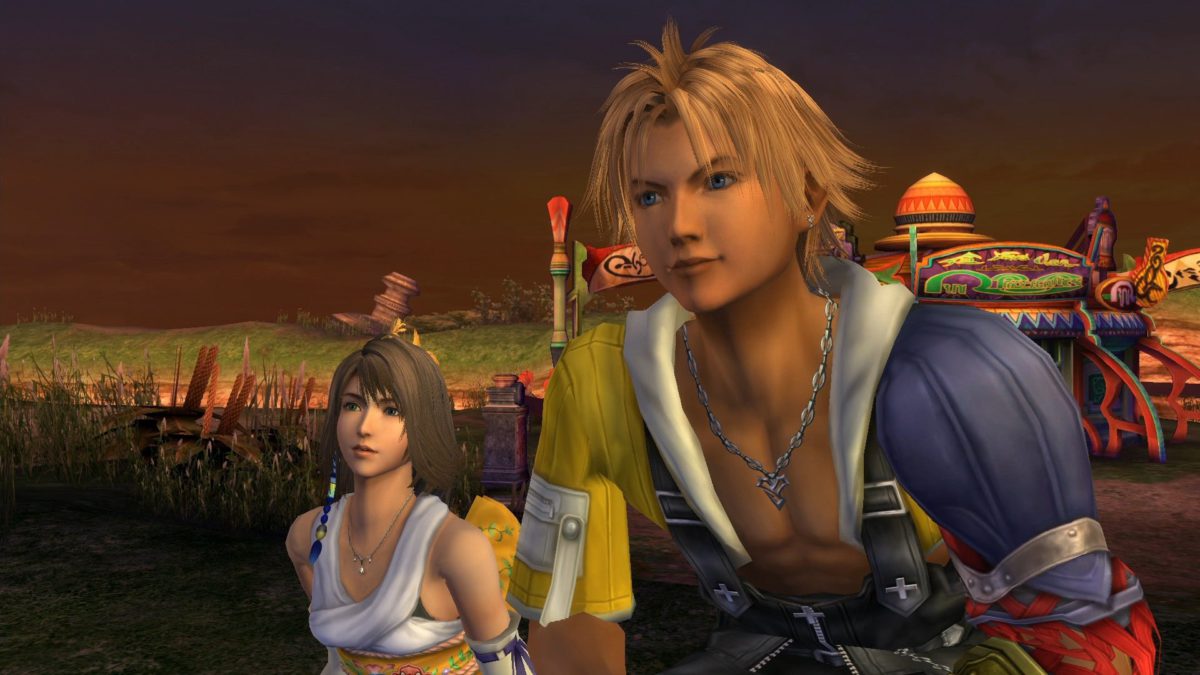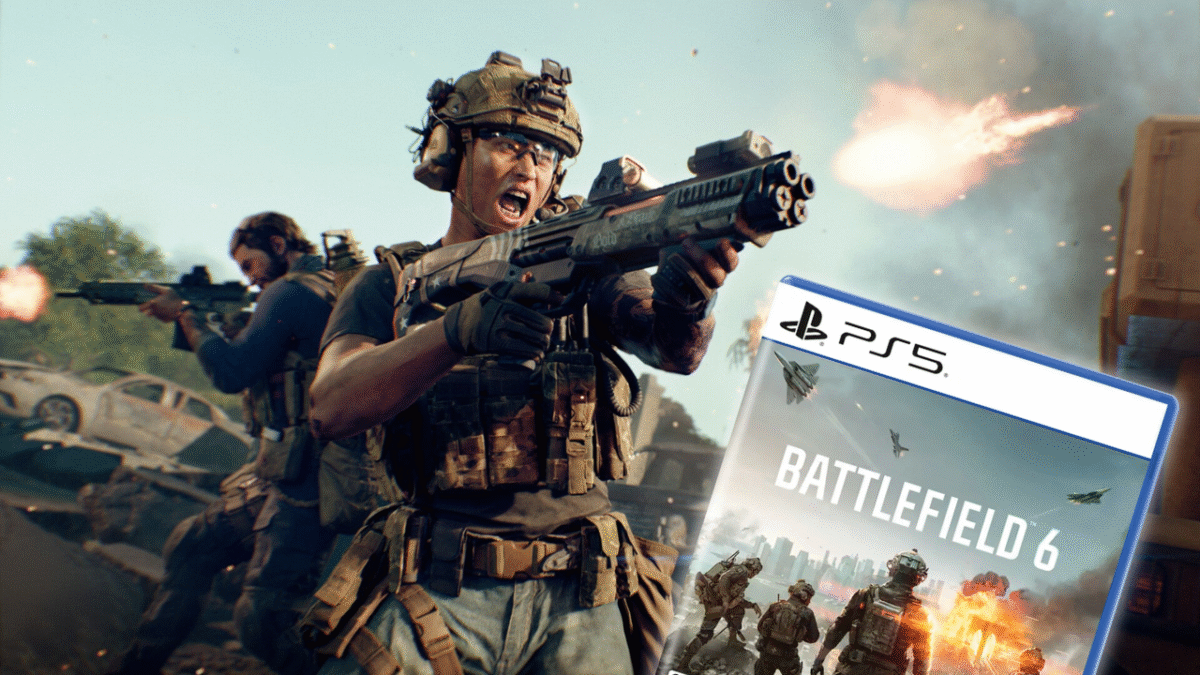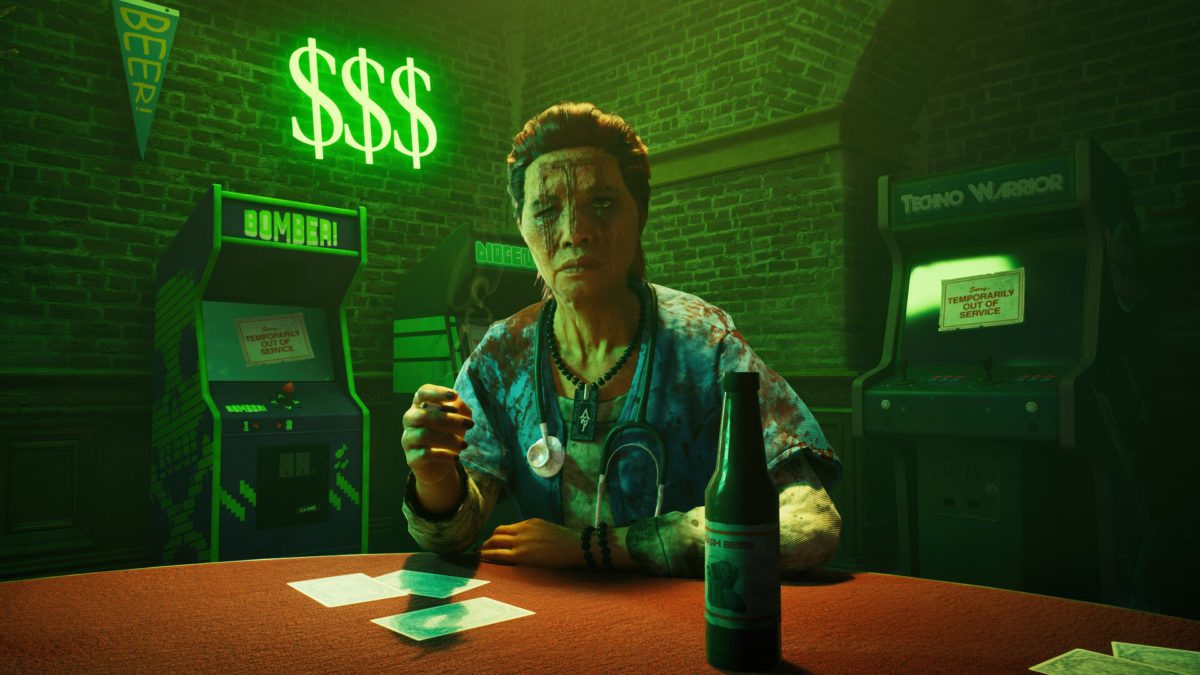
I’m parked at the back of the grid on Mount Panorama, awaiting the race start, and there are cars ahead of me literally facing backwards. This is not going to go well. As you’d expect, pandemonium ensues when the lights go off. The race has just begun and it’s already a mess.
Unfortunately, this is Project Motor Racing in a nutshell right now.
On paper, Project Motor Racing is precisely the sort of racing game I want to play. It has a great selection of cars, a number of which are thoroughly underrepresented in modern racers. It’s also not crippled with free-to-play chicanery or subject to a monthly subscription, and its focus isn’t primarily multiplayer. All of this is high-octane music to my ears. In practice, however, Project Motor Racing simply hasn’t worked out, and I’ve totally bounced off it in its current state thanks to AI that essentially ignores your presence on track, a hopelessly uneven penalty system that serves only to frustrate and ruin your races, and its array of bugs and peculiar physics quirks.
Project Motor Racing arrives as a spiritual successor to Slightly Mad Studios’ now-defunct Project CARS series, which failed to survive the Codemasters acquisition of Slightly Mad (and the subsequent EA purchase of Codemasters). There may be some different logos on the loading screen, sure, but developer Straight4 Studios is basically a rebirthed Slightly Mad after someone hit the VIN with an angle grinder.
Perhaps more specifically, it’s attempting to pick up where Project CARS 2 left off – brushing aside the bafflingly casual reinvention of the series in Project CARS 3. If you need a comparison to chew on, it’s a little like how Jaws 4 ignores the events of Jaws 3D. Unfortunately, just like Jaws 4, things get real fishy, real fast.
Superficial Intelligence
To be fair, Project Motor Racing’s single-player set up has a good base and I do like how malleable it initially is, with three starting budget figures that give us the flexibility to approach the career mode however we choose. That is, you can select to begin with just enough cash to scrape into the entry-level categories, or a wallet big enough to buy any car on offer and head straight to the top classes. It’s smart that it has these options. There are actually slots to have three separate careers on the go simultaneously, so it’s possible to experiment with multiple approaches (or, in my instance, for my sons to dabble with their own career saves without messing around with mine – an underrated addition to any racing game).
Your in-game payouts can also be tweaked to fit your playstyle. For instance, you can opt to keep things simple and take a flat payout per event, or you can mix it up and take bonuses for winning only – or even have your damage repair bills covered in return for a steady portion of your event takings. This is an equally smart way of slinging out credits to us, regardless of how differently you or I may plan to go about our racing.
The management component plateaus here, though, since there are no other meaningful aspects to it. There’s no in-game way of creating a custom team appearance for the cars you buy and race, or applying sponsor logos. In this regard, don’t expect anything like, say, the recently released NASCAR 25. Support for mods is a much-touted feature of Project Motor Racing on both PC and console – and I have no doubt that many recognisable liveries will be convincingly recreated and available via user-created mods – but mods feel unlikely to fill this specific gap.
Once you have a team and a car, the campaign mode becomes a simple matter of selecting a championship or event, paying the entry fee, and competing. At this point, the overall objective is really that of any real-life race driver – spend your work days at high speed on 18 world-famous race tracks and do your best to win (or, failing that, not send your team bankrupt). This approach works for me. Or, at least, it would have, if Project Motor Racing had not been so bafflingly irritating to race in.
The racing is frustratingly close to being entirely decent, but it’s currently completely undermined by its aggressively oblivious AI and its brazenly unfair penalty system – both of which are so annoying I have no desire to keep playing at the moment.
The big problem with the AI is that they regularly drive like you’re not on track. I’m not just talking about them coming across on you when you only have a slight overlap and probably got optimistic sticking your nose there in the first place (although they will do that, and watching the replays exposes that they’ll do so by sometimes clipping through your front end like you’re a ghost). I’m talking about the absolute argy-bargey that occurs when you’re right alongside them and they want to carry on sticking to the racing line like freight trains, so they thump into you with zero regard for your existence. It certainly doesn’t help that it currently features no radar or proximity indicators for the cars around you, and no spotter either.
On PS5, the single-player opponent count is actually limited to just 15 (crossplay multiplayer allows up to 32). Frankly, 15 isn’t near enough for a racing sim of this type but, considering the way they drive, I guess I don’t know that I’d want any more of these lunatics out there right now.
Let’s be clear, my favourite real-world racing categories are old school Super Touring and V8 Supercars, so I am unequivocally all for elbows-out, panel-punishing racing in my games, too – but this just takes the piss. Project Motor Racing’s AI regularly reminds me more of classic Gran Turismo, where the AI racers always felt exponentially heavier and generally incapable of being affected by the player’s car. To experiment, I’ve cannoned into the back of opponents for no result. They just carry on cornering without losing a position, while I’m parked in the gravel.
The issue is compounded by a ruinously strict track limit penalty system that will just nuke your whole race for zero reason. Get bumped off track by the AI? That’ll be a two-second penalty for breaching track limits. It doesn’t matter that it wasn’t your fault, and it doesn’t matter that you’ll have already likely lost time because of it. If you have the opponent strength slider set at just the right level to have your times toe-to-toe with the AI, two seconds can be a lifetime. It just immediately ruins races. It’s a real buzzkill to be in the groove, lapping consistently with the pack a bit spread out, and thinking, “You know what? This actually feels pretty good right now” – then, bam; tiny moment, dud penalty.
For comparison, Assetto Corsa Competizione also dishes out penalties, but only if it detects an advantage. If you’re forced off track – or if your ego writes a cheque your tyres can’t cash and you grab a bit of impromptu dirt on a corner exit – ACC won’t penalise you if you didn’t benefit from the off-track excursion. Project Motor Racing is the exact opposite, whacking you with penalties for tiny mistakes that have already cost you time. Hell, they don’t even have to be tiny; you can spin, get overtaken by the whole field, and still be slapped with a two-second penalty the moment you rejoin. I wasn’t cheating; I was crashing. Confusingly, I had better luck actually cheating, because the penalty system allowed me to blast straight ahead at T1 on Project Motor Racing’s off-brand version of Monza, pay my dues by slowing to 60km/h, and immediately go from 16th to 1st. This is repeatable, too – and sometimes I actually didn’t get penalised at all.
At any rate, it’s thanks to the penalty system I certainly have no interest playing the career on “authentic” difficulty, which locks the opponent strength at 100 and does not allow race restarts. This might be a problem if trophies are important to you, because a horde of them are tied up behind completing the career on “authentic”. Authentic mode is optional, but Project Motor Racing would do well to remember we’re not all as quick as real racing drivers when we play video games. That’s why I play video games. For now, any time I get pinged unfairly in my current career I typically just hit the pause menu and try again. I just need to hope that everyone is facing the right way when we restart.
A Storm is Coming
Project Motor Racing’s weaknesses on track are annoying considering how much I like its current garage, and doubly so considering how excited I was to learn that Australian touring cars from two separate eras of the Supercars series are planned to arrive as DLC later next year.
Project Motor Racing features over 70 cars, and I admire the distilled approach of focusing strictly on racing models. Ferrari and McLaren appear to have turned down a seat at the table for now – which does create some hefty holes in the categories it focuses on – but it’s particularly neat to see some of the old GT and N-GT cars that rarely get much love in contemporary racing games. For instance, I’ve always had a soft spot for the Lister Storm and its 7.0l V12. After all, there ain’t no replacement for displacement.
The cars look nice in the menu screens, but they’re not as glamorous out on track. In action, it’s actually quite washed out, and it absolutely does not look a generation newer than the excellent Project CARS 2. Damage is underwhelming, as is the rain. There are a lot of layers to the sound, which does capture a good deal of the raw, mechanical noises of a race car – although broadly speaking there’s room for improvement, and I’d love the engine notes to be a little thicker and throatier.
In terms of how the cars handle, however, I’m tugged in two directions – literally, in this instance. There’s really nothing more important to a race sim than the handling, and I have to say there are some car and track combos in Project Motor Racing where I’ve felt very satisfied with the overall feel on a wheel (the only PlayStation wheel I have is the Thrustmaster T-GT II, which isn’t a direct-drive wheel, but is about as good as belt-driven wheels get in terms of force feedback).
For instance, in a GT3 car like the Audi R8 or the Ford Mustang at Mount Panorama, I can lap clean and the cars feel compliant beneath me. Am I as quick as a real GT3 driver? Not at all, and I’m probably underdriving the cars by some margin – but it does all feel quite intuitive to me at the speed I race. The buzz from kerbs is strong, and the sensation of weight fluctuating is impressively pronounced – like everything lightening up for a beat as you barrel over a crest and your car becoming heavier and stickier as you scoot from the end of a slope. This is a big factor on a track with such profound elevation changes, like Bathurst. The disparity in performance on a cold tyre versus a warm tyre is also huge in Project Motor Racing, and the very real necessity to drive the first lap or so more delicately is also a satisfying enough challenge here.
I’ve been far less confident in other cars, however. The hypercars are the worst culprits. They just want me dead. Obviously I’m not a professional racing driver, and I’m not going to speak to you like I am – or act like I know exactly what’s going on beneath the surface of something like Project Motor Racing when it comes to simulating a Le Mans prototype. The hypercars, however, are undriveable out of the box – even on a wheel. They pull left and right, they slip, slide, and scrub – and there’s just zero feeling of the immense downforce I expected. For clarity, we’re talking about cars that produce four times as much downforce as they do drag.
Unfortunately, on gamepad, the news is worse. It’s just way too twitchy to be a satisfying sim on a standard controller – especially when the tiniest erroneous flick of a stick can mean a nonsense penalty. I tried dialling down the sensitivity of the steering, but it really had little effect. Cars (especially the prototypes) get so unsettled when steering from left to right on a gamepad I just can’t really recommend picking up Project Motor Racing if that’s exclusively the way you plan to play it.

